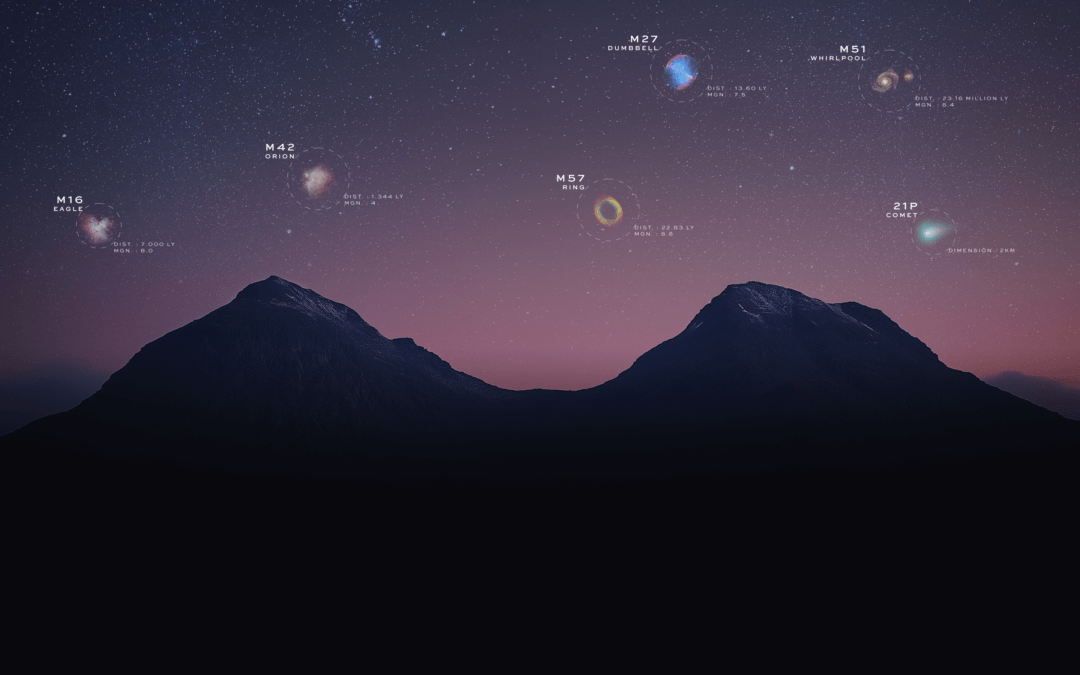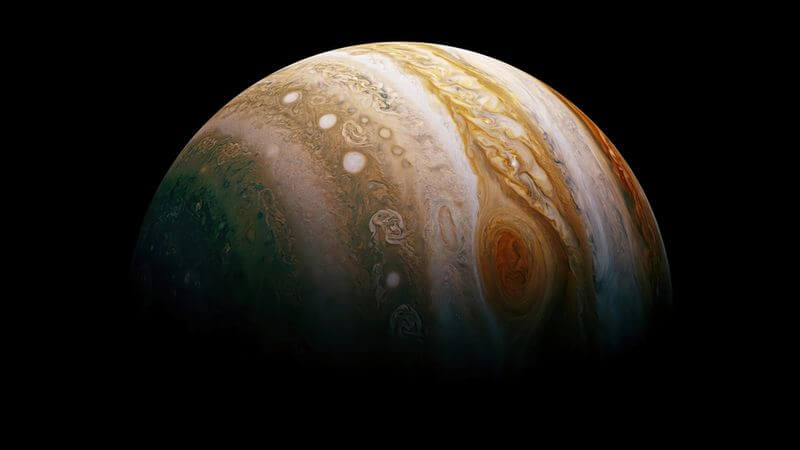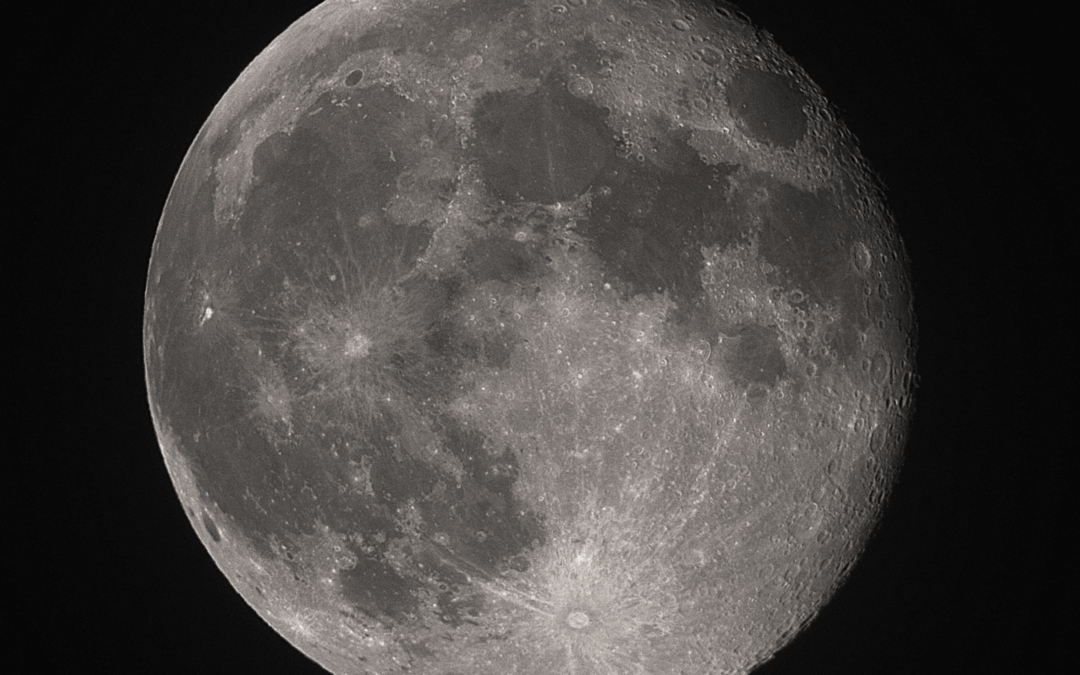1. Three Galaxies in One View
Hidden in the constellation of Leo lies a fascinating sight: three spiral galaxies bound by gravity. M65, M66, and NGC 3628 form the famous Leo Triplet, a cosmic dance of stars, dust, and dark matter. From Earth, we see them from three different angles.
Can you capture all three galaxies in a single image from your location? Just ten minutes of observation may be enough, but you might need to adjust your framing and timing.
For the curious observers, another galactic trio is nearby: M105, NGC 3384, and NGC 3389.
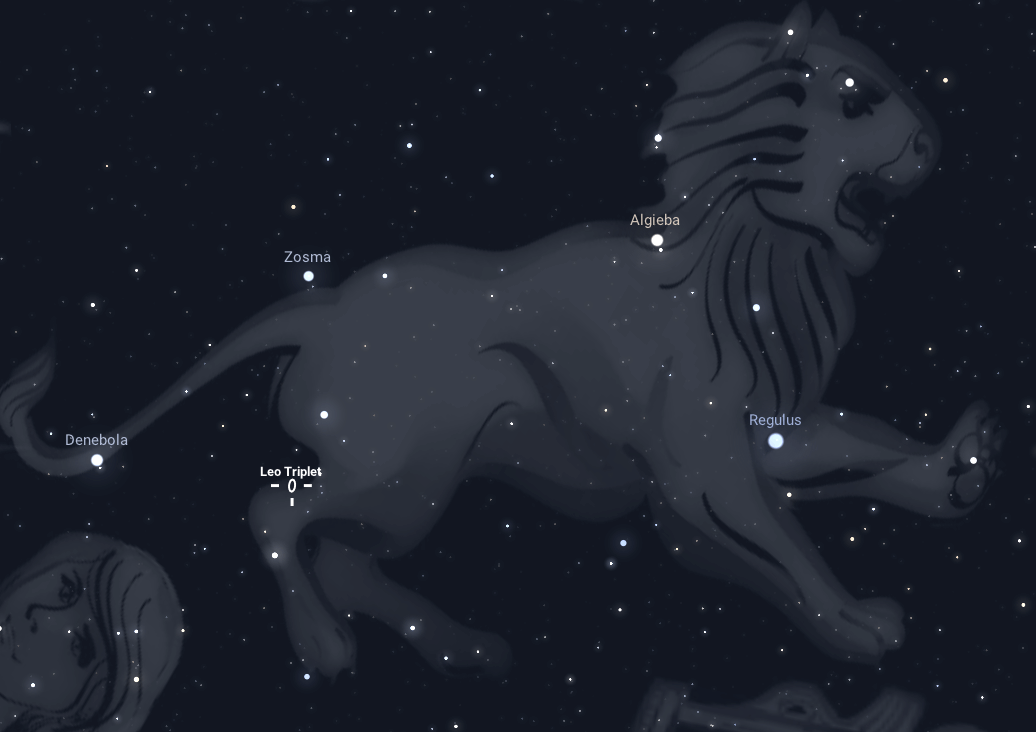
2. A Perfect Spiral
Nestled in the Ursa Major constellation, the Pinwheel Galaxy (M101) is a true cosmic masterpiece. With its five majestic arms rich in star-forming regions, it is the perfect example of a spiral galaxy. 70% larger than our own Milky Way, it contains over a billion stars, making it one of the largest galaxies visible to amateur astronomers.
Can you make out its delicate structure? Take your time—its swirling arms are worth the effort.
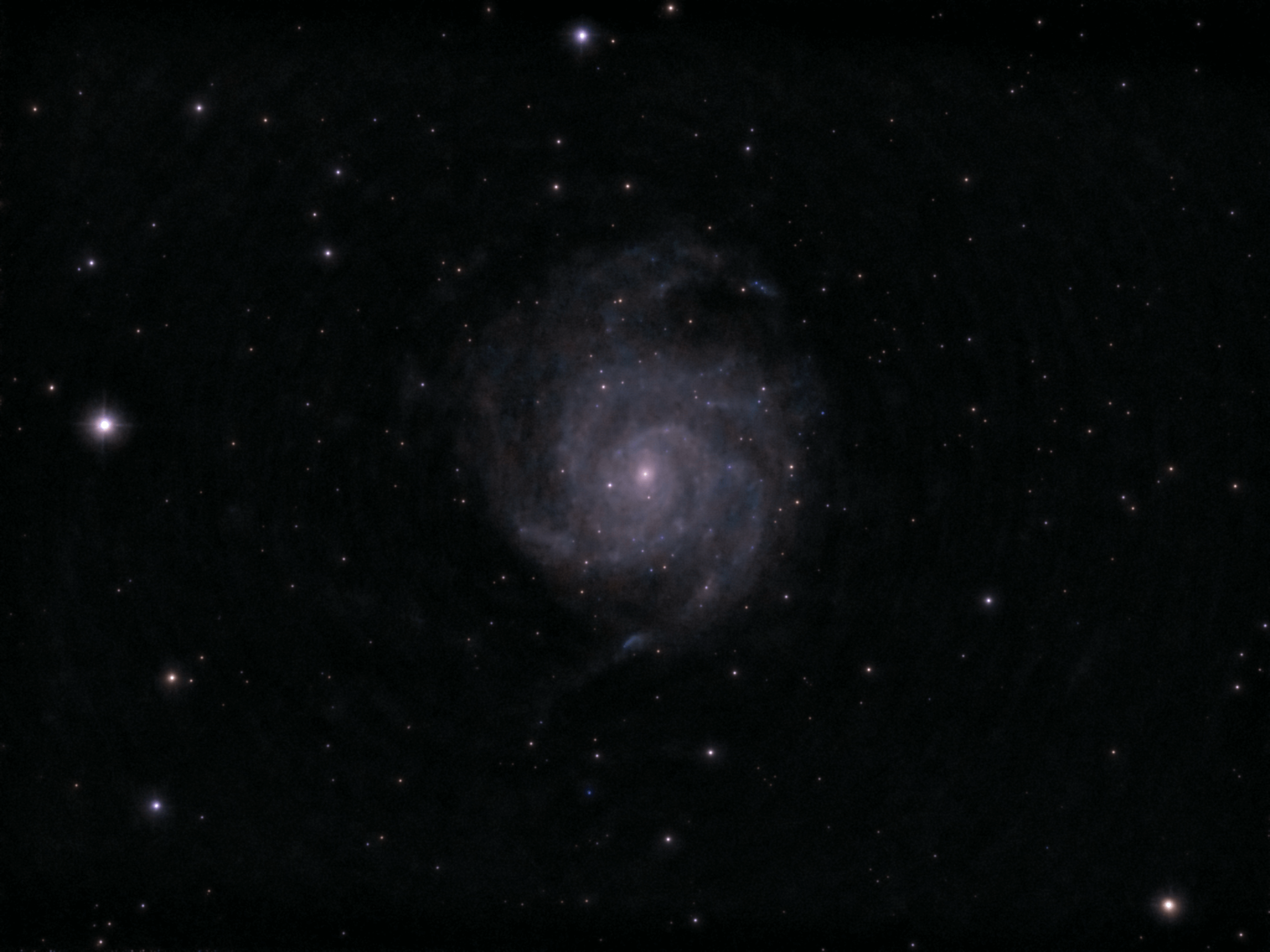
3. A Cluster Full of Colors
Located in the Auriga constellation, M37 is an open cluster containing 500 stars. At 300 million years old, it offers a fascinating contrast of young blue stars and aging red giants.
Why the difference in color? Blue stars are massive and burn their fuel at high temperatures, while red giants are older stars nearing the end of their lives, having exhausted their hydrogen and expanded.
Can you spot them with the naked eye? The Pleiades are visible even from the city. Through your telescope, you will discover their bluish glow, a sign of their youth (only 100 million years old).
See you next month for more reasons to explore the sky!
Happy observing with UNISTELLAR.
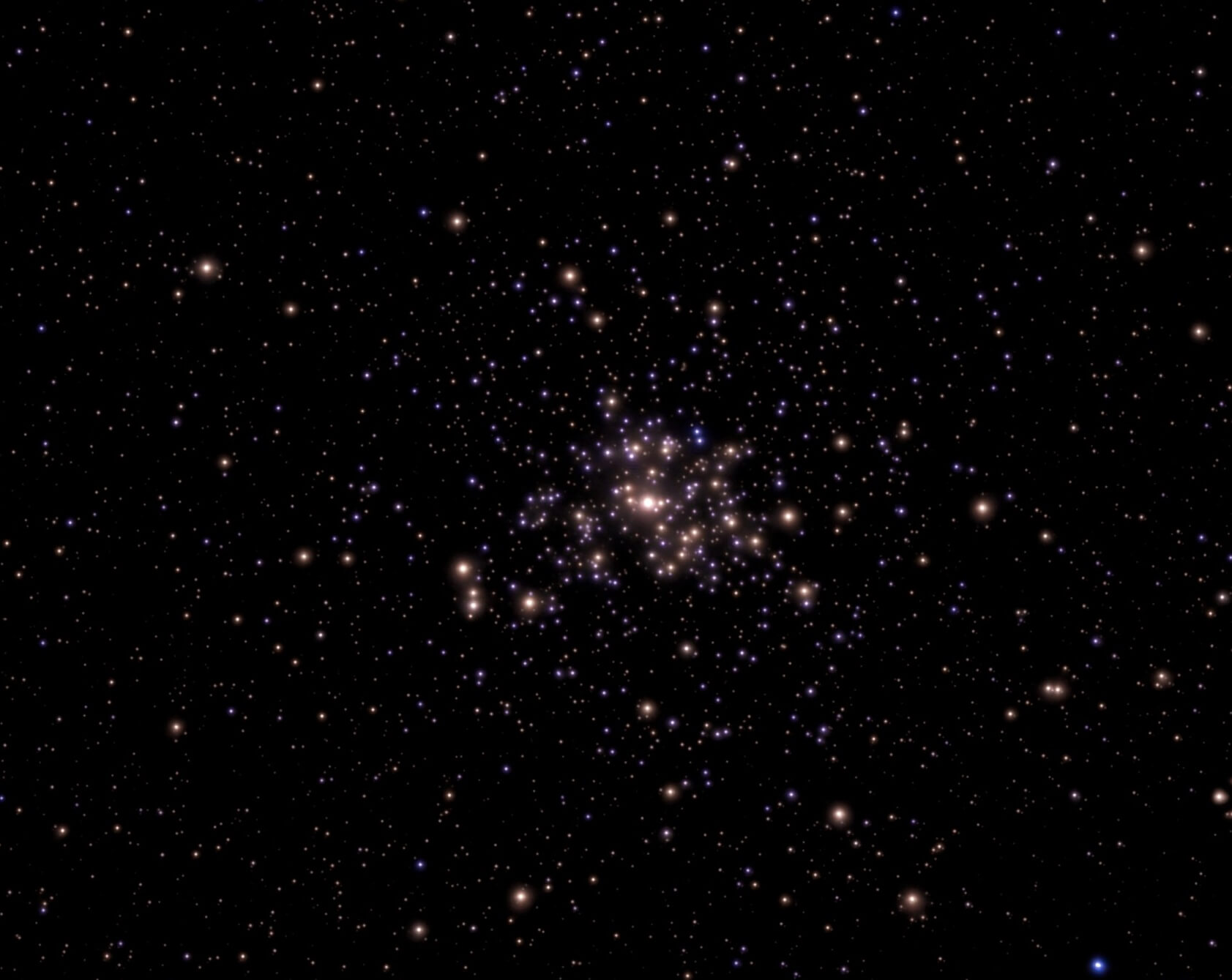
4. Bonus: Eclipses on Jupiter
The show continues on Jupiter this April! Its moons cast their shadows on the giant planet, creating eclipses visible even from urban areas. As they pass in front of our Sun, Io, Europa, and Ganymede trace dark silhouettes drifting across Jupiter’s cloudy surface
Check out our dedicated article for precise timings so you don’t miss this celestial ballet.
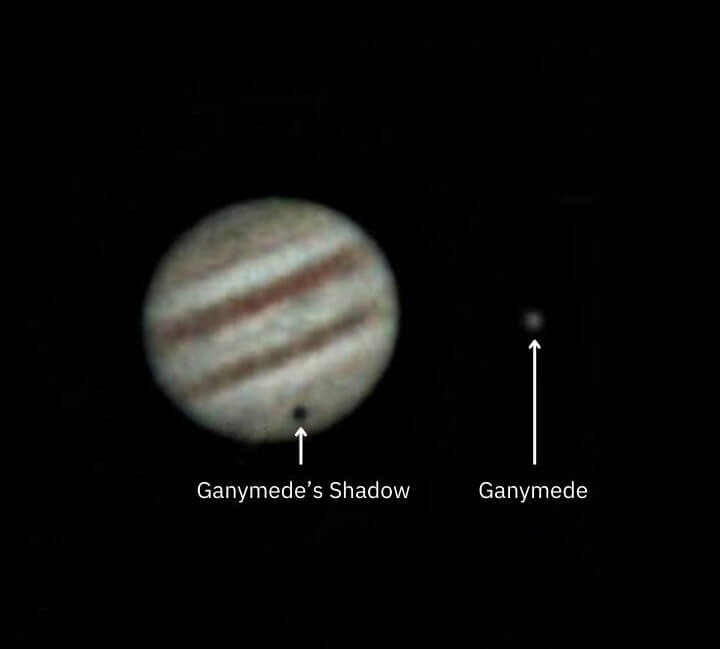
See you next month for more reasons to look up!
Happy stargazing with UNISTELLAR.
Further readings
3 Reasons to observe this month
Every month, discover three unmissable celestial events to observe with your Unistellar telescope.
Observing Eclipses on Jupiter: Cosmic Spectacles Through a Telescope
The latest Unistellar App Update, version V3.0, is now live. Explore a smooth stargazing experience !
Unistellar Community Included In Multiple Scientific Papers
Did you know Unistellar Citizen Astronomers are often cited in published scientific papers? Find out how you can contribute too!
What Are the Names of All the Full Moons in 2024?
Discover the enchanting names of the full moons in 2024. Delve into the unique character of each lunar spectacle and embrace the allure of the night sky.
New Unistellar App Update: Version 3.0
The latest Unistellar App Update, version V3.0, is now live. Explore a smooth stargazing experience !
What to Observe This November: Open Star Clusters and More
These Halloween deep-sky objects will add some light to those dark, spooky nights. Treats, tricks, and telescopes await!

